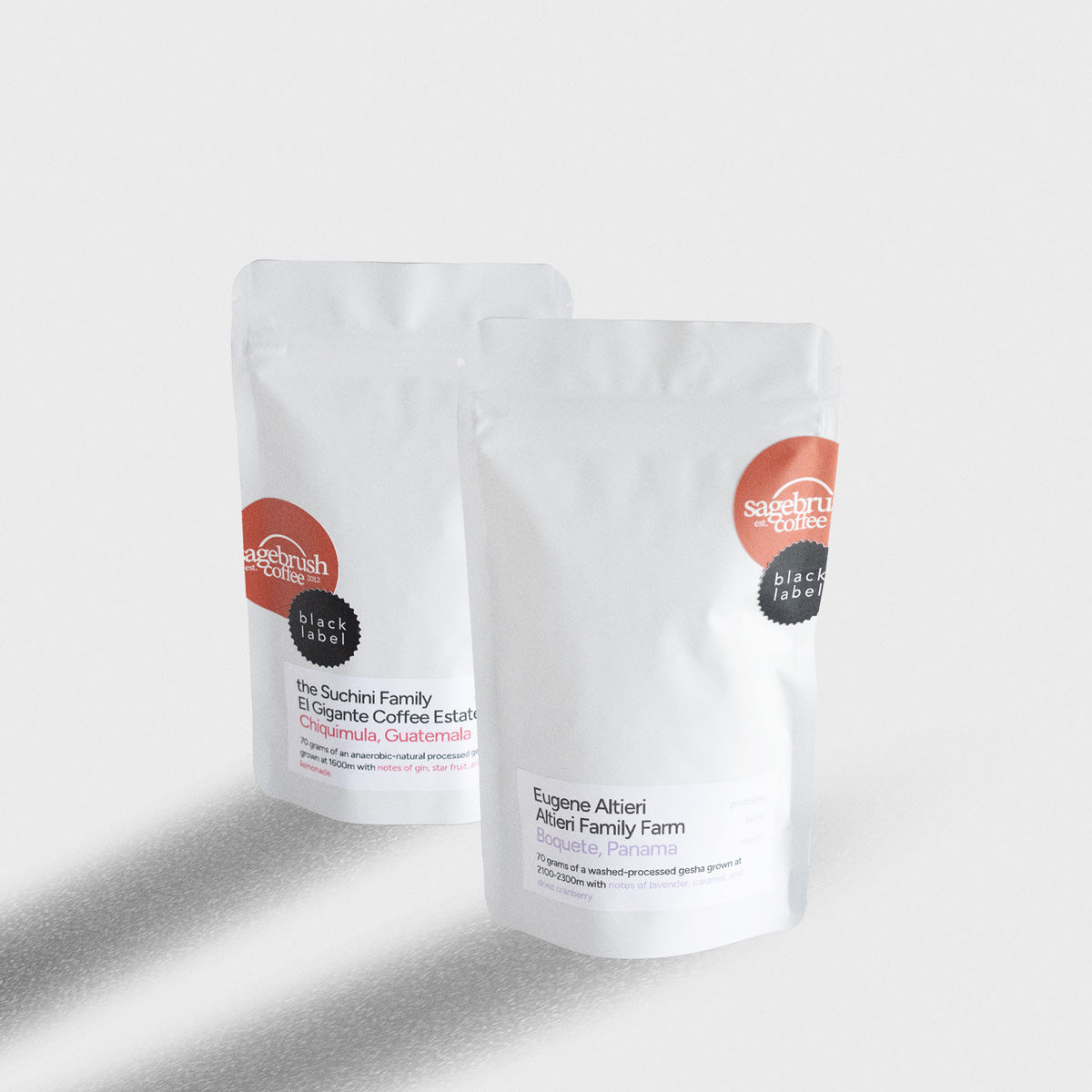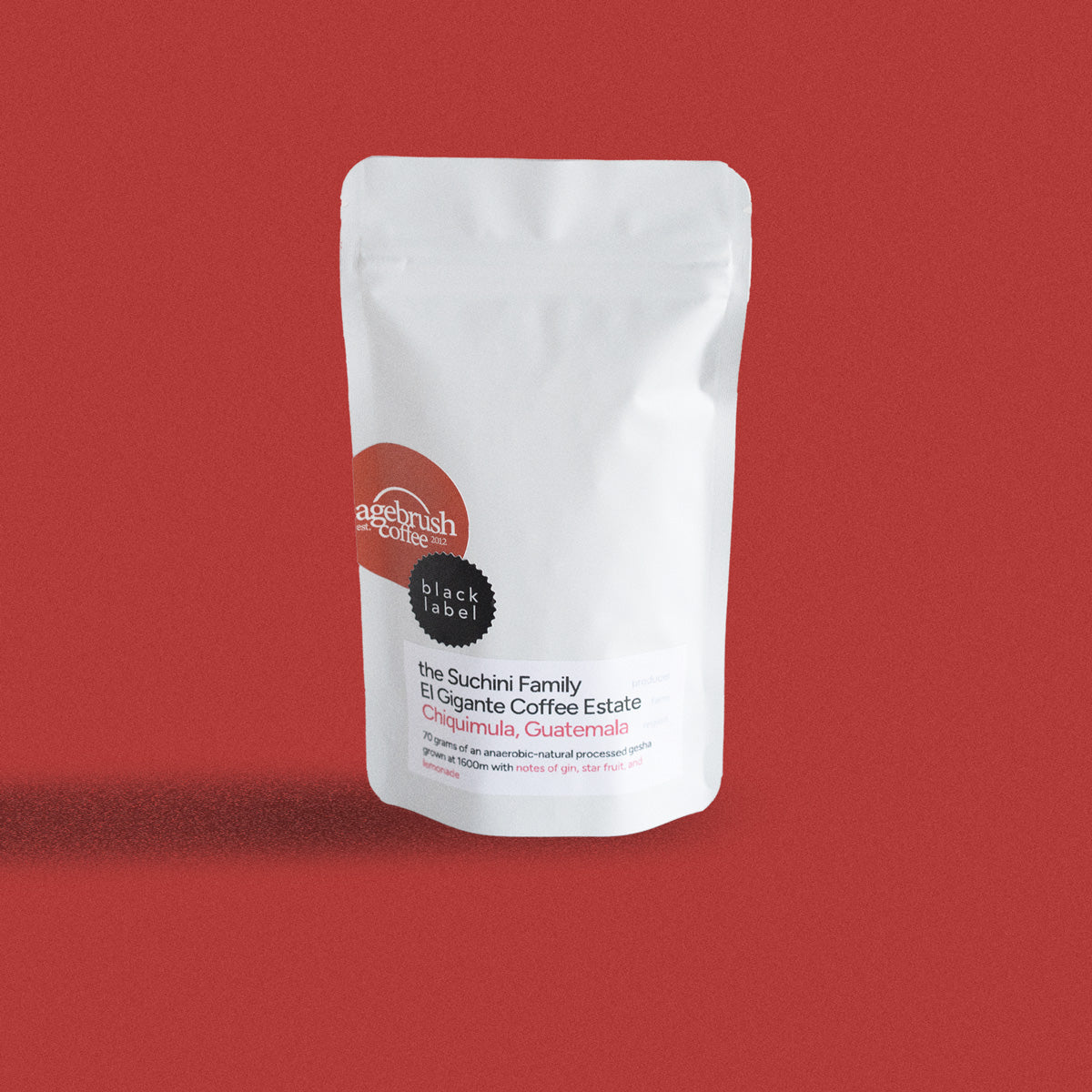
Most of the coffees consumed worldwide are produced in Latin America. The countries within Latin America have an ideal coffee-growing environment with its moderate sunshine and rain, 70-80 degree temperatures, and rich, porous soil. Coffee originated in Africa around the 15th century and finally made its way to Latin America in the early-18th century. By the mid-18th century, Latin American countries evolved into being some of the top coffee producers. There are three major regions where coffee is produced:
1. The Caribbean (first introduction of coffee in Latin America)
2. Brazil (the largest single producer since the mid-19th century)
3. The Cordillera (an enclave of coffee zones from Mexico to Peru, Central America, and Colombia)
The coffee crop has played a significant role in improving the livelihood and landscapes in Latin America. Since the beginning, coffee has been profitably harvested from large estates and smaller family-owned farms. At first, coffee farmers treated the soil as a nonrenewable source. After the harvest period was over, the farmers would evacuate and find new land to clear and make way for new crops. With the help of scientific innovation, national and international organizations were established to renovate coffee production and renew soil fertility. In addition, coffee farmers are promoting new forms of coffee production with Fair Trade and Certified Organic coffee.
When choosing a coffee, many people focus on the roast profiles and flavor notes. Although essential to the selection process, many people do not realize how important the coffee region is to the overall structure of the bean. Like wine, coffee shares the concept of "terroir." Terroir is the description of the geographic area of specific crops. It describes all of the elements that go into giving coffee its unique flavor and character. The main factors that give coffee their specific profiles are altitude, climate, soil type, and method of harvesting. For this reason, the coffees harvested in Latin America may have completely different characteristics from coffees grown in Africa.
Arabica plants are the primary type of bean to be grown in Latin America. They thrive in warm, humid climates at altitudes of 4,000-6,000 feet. The Robusta style beans are grown at sea level and fair better with climatic changes. You will see more of these bean plants in Africa and Southeast Asia. Coffees grown in low altitudes, like Brazil, tend to produce coffee that is nutty, sweet, chocolatey, and less acidic. In contrast, higher altitude coffees have medium acidity, are full-bodied, and rich with caramel sweetness. Colombia is an example of a high-altitude coffee.
Along with the growing environment, the processing methods used can exhibit specific flavor profiles. Wet-processed coffees are clean and less acidic. Most of the coffees from Latin America are wet-processed. Natural processed coffees are often complex and fruity. Our Latin American coffees have more defined flavors and a clean, crisp cup. They are not the fullest bodied coffees, but they are delicious in their own right.


















